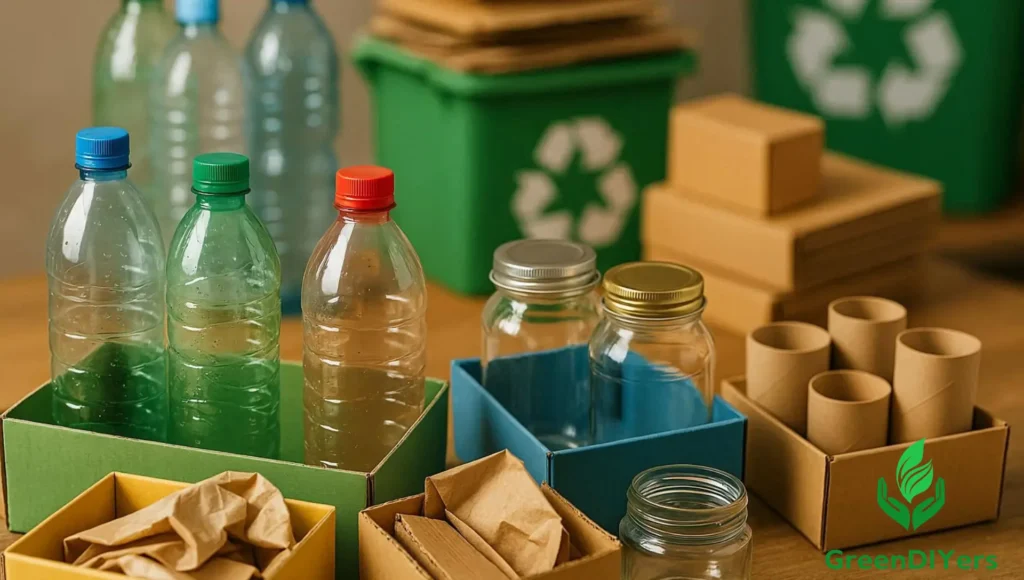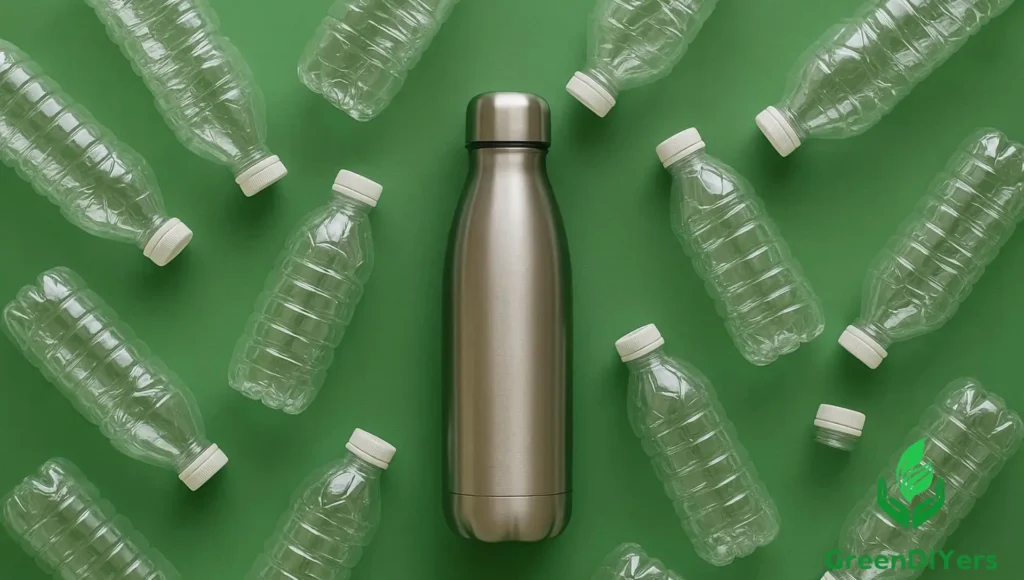Have you ever stood at your kitchen trash can, holding an empty yogurt container, wondering if it should go in the recycling bin? You’re not alone. Despite our best green intentions, the world of recycled and recyclable materials can feel like navigating a maze blindfolded.
Here’s the thing: that confusion isn’t just frustrating—it’s actually hurting our planet. When we misunderstand terms like “recyclable” versus “recycled,” we end up “wishcycling” (tossing anything that seems remotely recyclable into the bin), contaminating waste streams, and ultimately sabotaging the circular economy we’re trying to build.
This guide will definitively clear up the confusion between recycled and recyclable materials. You’ll walk away with precise knowledge that empowers you to make real environmental impact, whether you’re a conscious consumer, small business owner, or educator looking to spread accurate sustainability information.
The fundamental difference? “Recyclable” refers to a material’s potential to be reprocessed, while “recycled” means it’s already been transformed from waste into something new. But there’s so much more to this story.
Table of Contents
Understanding “Recyclable”: The Potential, Not the Guarantee
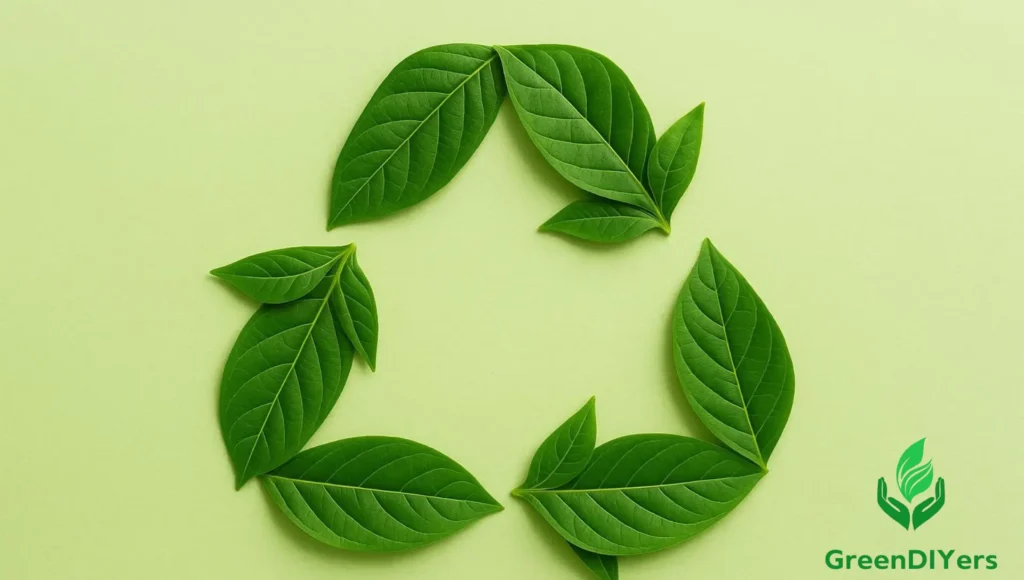
Defining “Recyclable”: What the Term Truly Signifies
When something is labeled recyclable, it simply means the material has the inherent capability to be collected, processed, and transformed into new products. Think of it as having the right passport to enter the recycling facility—but that doesn’t guarantee you’ll actually make the trip.
This distinction is crucial: “recyclable” indicates potential, not a promise. Just because your plastic water bottle is technically recyclable doesn’t mean it will be recycled in your specific location or situation.
Critical Factors Influencing Actual Recyclability
The gap between “can be recycled” and “will be recycled” depends on several complex factors:
Material Composition: Not all materials are created equal. While aluminum cans are infinitely recyclable and maintain their quality through countless cycles, plastic #5 containers might be technically recyclable but lack processing facilities in many areas. Glass can be recycled endlessly, but multi-laminate packaging (like chip bags) combines materials that are nearly impossible to separate.
Local Infrastructure & Facilities: Your zip code matters more than you’d think. A plastic container that’s easily recyclable in San Francisco might end up in the landfill in a rural town without the right sorting technology. The availability of specific recycling plants, collection services, and processing equipment varies dramatically by location.
Market Demand & Value: Here’s where economics meets environmentalism. Even if a material can be processed, recycling facilities need buyers for the finished product. When oil prices drop, virgin plastic becomes cheaper than recycled alternatives, making some recyclable materials economically unviable.
Contamination Issues: One pizza-stained cardboard box can contaminate an entire batch of otherwise perfectly recyclable paper. Food residue, mixed materials, and incorrectly sorted items can turn recyclable materials into expensive-to-process waste.
Deciphering Common “Recyclable” Labels and Symbols
Those chasing arrows symbols we’ve all seen? They’re more complex than they appear. Originally designed to indicate recycled content, the three-arrow symbol has evolved to suggest recyclability—but without any legal requirement for actual recycling infrastructure to exist.
Plastic resin codes (those numbers 1-7 inside the arrows) tell you what type of plastic you’re dealing with, but they’re not a recycling guarantee. They’re more like ingredient labels—useful for sorting, but your local facility might only accept numbers 1 and 2.
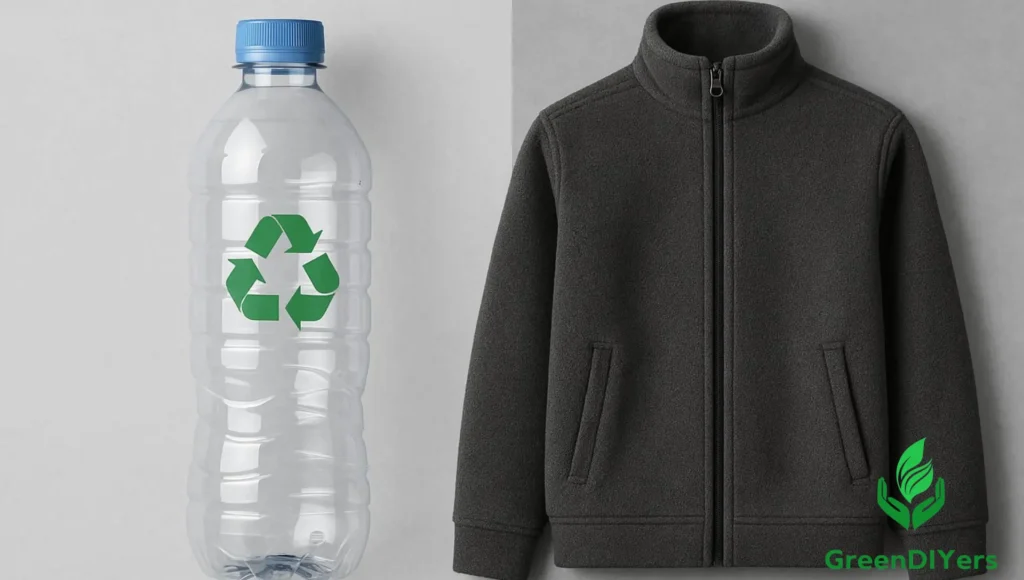
Understanding “Recycled”: The Achieved Reality
Defining “Recycled”: What the Term Means in Practice
When a product carries the “recycled” label, it’s made using materials that have already completed the recycling journey. This isn’t about potential—it’s about proven performance.
Post-consumer recycled (PCR) content is the gold standard. These materials lived full lives in consumers’ hands before being collected, processed, and reborn as new products. That park bench made from old plastic bottles? That’s post-consumer recycled content creating tangible environmental benefits.
Pre-consumer recycled content refers to manufacturing scraps and excess materials diverted from waste streams before reaching consumers. While still valuable, it doesn’t address the end-of-life challenge that post-consumer recycling tackles.
The Journey of “Recycled Content”: From Waste to New Product
The transformation from waste to recycled product follows a fascinating journey: collection from homes and businesses, sorting and cleaning to remove contaminants, processing through shredding or melting, and finally manufacturing into new products.
This process embodies the circular economy—instead of the linear “take-make-dispose” model, recycled materials create a closed loop where waste becomes raw material for future products.
Tangible Benefits of Utilizing Recycled Materials
Choosing products with recycled content delivers measurable environmental wins. Manufacturing with recycled materials typically requires 30-60% less energy than using virgin materials. It conserves natural resources, reduces greenhouse gas emissions, diverts waste from landfills, and supports green jobs in local communities.
When you buy that notebook made from recycled paper, you’re not just making a purchase—you’re voting for a circular economy with your wallet.
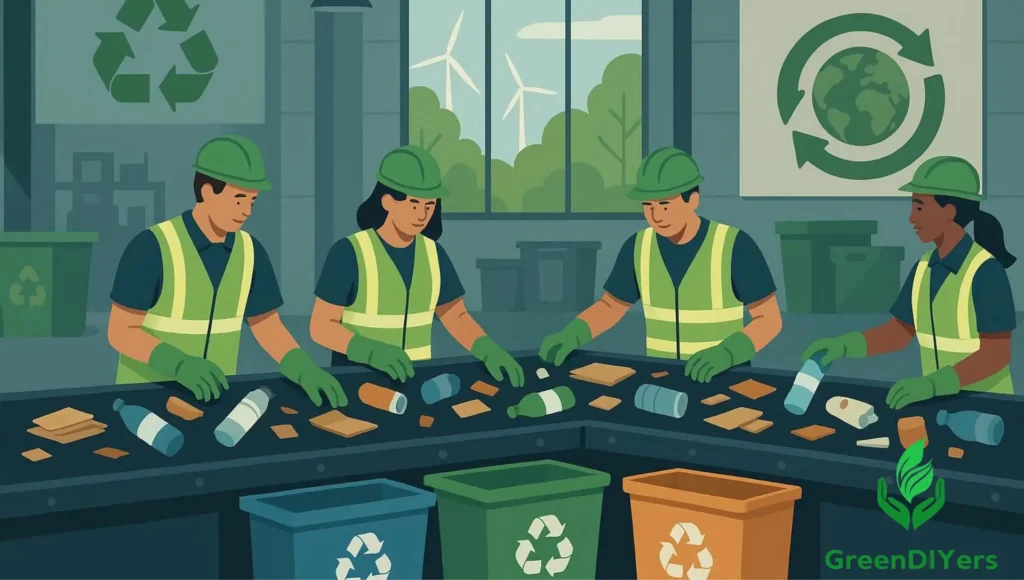
The Crucial Difference: A Direct Comparison
| Feature | Recyclable | Recycled |
|---|---|---|
| Core Meaning | Potential for reprocessing | Actual use of reprocessed material |
| Focus | End-of-life disposal | Beginning-of-life manufacturing |
| Action Required | Consumer/system action needed | Producer/system action completed |
| Environmental Impact | Waste diversion potential | Proven resource conservation |
| Example | Clean plastic bottle ready for recycling bin | New fleece jacket made from plastic bottles |
Why This Distinction Matters More Than Ever
For consumers, understanding this difference prevents greenwashing confusion and enables informed purchasing decisions. When you see “made with 75% recycled content” versus “100% recyclable packaging,” you’ll know which choice actually supports circular economy principles.
Small businesses can use this knowledge for authentic sustainability reporting and designing truly circular products. Rather than just ensuring products are recyclable, forward-thinking companies are incorporating recycled and recyclable materials to close the loop completely.
Educators armed with this distinction can teach students about genuine environmental impact versus well-intentioned but ineffective actions.
Actionable Steps You Can Take
For Consumers: Becoming a Recycling Champion
Know Before You Throw: Research your local recycling guidelines. Most municipal websites provide detailed lists of accepted materials. When in doubt, contact your waste management provider directly.
Prioritize the Hierarchy: Remember, recycling is the third R. Reduce consumption first, reuse items creatively, then recycle properly. That recyclable container is great, but not buying it in the first place is even better.
Proper Preparation: Clean containers thoroughly and remove caps or labels as required. Contamination is recyclable material’s worst enemy.
Smart Purchasing: Look for products made with high percentages of post-consumer recycled content. Your purchasing power drives demand for recycled materials.
For Businesses: Driving the Circular Economy
Design for Recyclability: Create products and packaging that simplify end-of-life processing. Use single materials when possible, avoid mixed-material construction, and choose widely recyclable components.
Commit to Recycled Content: Set targets for incorporating post-consumer recycled materials into your products. This creates market demand that makes recycling economically viable.
Transparent Communication: Be honest about both recyclability and recycled content in your labeling. Customers appreciate clarity over marketing spin.
Common Misconceptions & FAQs
Q: If an item has the chasing arrows symbol, it’s made from recycled material, right? A: Not necessarily. The symbol often indicates the material type or recyclability potential, not that it contains recycled content. Look for specific language about recycled content percentages.
Q: Does everything I put in the recycling bin actually get recycled? A: Unfortunately, no. Contamination, market conditions, and infrastructure limitations mean that recyclable materials don’t always become recycled products. This is why proper sorting and cleaning matter so much.
Q: What’s the difference between recyclable, compostable, and biodegradable? A: Recyclable means reprocessable into new products, compostable breaks down in composting conditions, and biodegradable decomposes naturally (but timeframe varies widely). Each requires different disposal methods.
Q: Why are some items recyclable in one town but not another? A: Local infrastructure varies dramatically. Your neighbor city might have a facility that processes plastic #5, while yours doesn’t. This is why checking local guidelines is essential.
Empowering Your Green Journey with Knowledge
The distinction between recyclable and recycled might seem subtle, but it’s the difference between good intentions and genuine impact. Recyclable materials offer potential for environmental benefit, while recycled products deliver proven results.
Armed with this knowledge, you can make informed choices that truly support the circular economy. Choose products with high recycled content, ensure your recyclables are clean and properly sorted, and support businesses committed to closing the loop.
Remember: every time you choose recycled content over virgin materials, you’re creating market demand that makes recycling economically viable. You’re not just disposing responsibly—you’re participating in a system that transforms waste into resources.
Share this guide with friends, family, and colleagues. The more people understand the real difference between recycled and recyclable materials, the more effective our collective environmental efforts become.
Your small choices add up to significant change. Now you have the knowledge to make those choices count.

